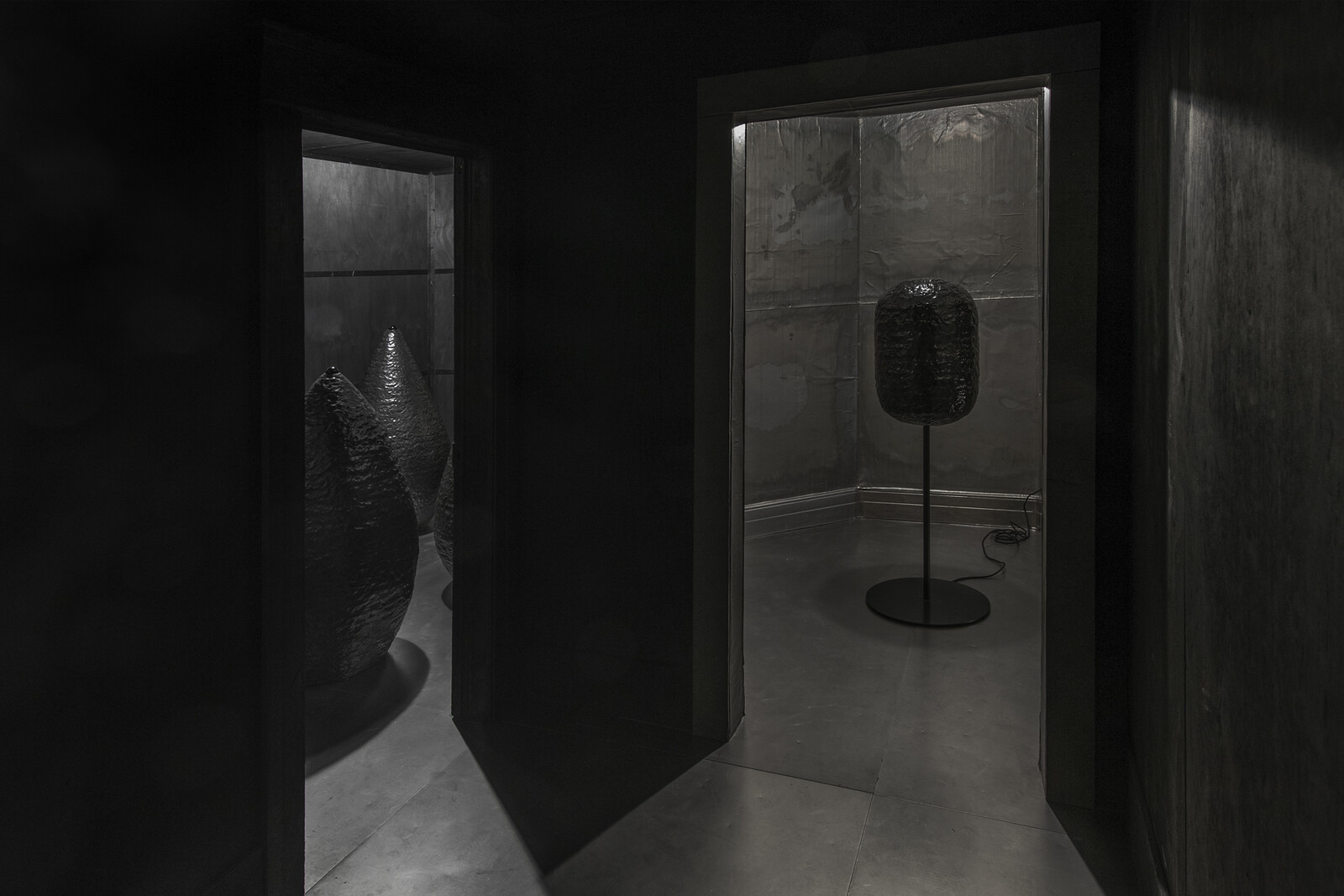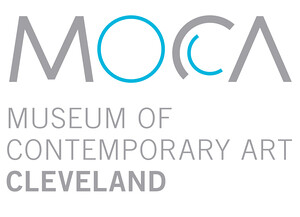Anders Ruhwald: Unit 1: 3583 Dubois
September 23, 2016–January 8, 2017
11400 Euclid Avenue
Cleveland, Ohio 44106
United States
Hours: Tuesday–Thursday 11am–6pm,
Friday 11am–9pm,
Saturday–Sunday 11am–5pm
T +1 216 421 8671
info@mocacleveland.org
This fall, the Museum of Contemporary Art (MOCA) Cleveland unveils an ambitious new exhibition that positions the woven carpet as a vital medium in today’s interdisciplinary culture, one that serves simultaneously as object, concept, and adornment. Wall to Wall: Carpets by Artists presents some of the best contemporary artists through the lens of craft. Also on view this season is Anders Ruhwald: Unit 1: 3583 Dubois, a new, immersive installation based on a Detroit apartment building and its dislocated history. The season also includes a sound installation, Anthony Discenza: A Rising Tide Lifts All Boats, and Acts of Speech: Liz Magic Laser, Yael Bartana, Metahaven, Young-hae Chang Heavy Industries, a presentation of four video artworks that explore ideas of political agency and participation in conjunction with the 2016 Presidential election. Also in the spirit of election season, MOCA Cleveland will host a Voter Registration Drive and Yard Sign Activation with the artist-led super PAC, For Freedoms, alongside a pre-Election Day Town Hall Discussion with co-founder Hank Willis Thomas and his invited guests.
Wall to Wall: Carpets by Artists
The “artist carpet” is a form that bears a long and distinguished historical pedigree, from Raphael and Peter Paul Rubens, to Pablo Picasso, Fernand Léger, and Joan Mirò. Yet, Wall to Wall, guest curated by Cornelia Lauf, takes as its point of departure a history of art rather than history of medium, focusing on the ways in which these objects advance relevant ideas and practices today. Unlike exhibitions that examine artist carpets through an ethnographic lens detached from the world of art, Wall to Wall proposes that these carpets function in a continuum of modern art history as a critical form that is accelerating in use and application. The exhibition asks the simple question: Why?
Wall to Wall is structured by five basic categories for comparative analysis: “Eastern,” “Geometry,” “Icon,” “Text,” and “Materiality.” The role of production and delegation is tended to as well, in an effort to better understand how the artist carpet models the interwoven nature of art, design, craft, industry, and sociocultural politics today.
Artists include Faig Ahmed, Polly Apfelbaum, Stefano Arienti, Alan Belcher, Guillaume Bijl, Pierre Bismuth, Alighiero Boetti, Mircea Cantor, Flavio Favelli, Liam Gillick, Christian Jankowski, Ilya and Emilia Kabakov, Alexandra Kehayoglou, Joseph Kosuth, Ken Lum, Marilyn Minter, Jonathan Monk, Sarah Morris, Paulina Olowska, Jorge Pardo, Richard Prince, Julião Sarmento, Nedko Solakov, Rosemarie Trockel, Franz West, Christopher Wool, Heimo Zobernig.
Anders Ruhwald: Unit 1: 3583 Dubois
Officially, 3583 Dubois Street, in Detroit, Michigan, no longer exists. While the dilapidated 7,000 square-foot brick apartment building at this location still stands, the city has reassigned its address as 2170 Mack Avenue. This subtle bureaucratic change underscores a metaphoric loss of this place’s history. Like so many in Detroit and cities like it, this abandoned building holds memories waiting to be erased or revived. In his installation, Unit 1: 3583 Dubois, Anders Ruhwald repositions the building’s identity, intertwining its past, present, and future.
To examine how objects and spaces convey history and memory, Ruhwald has been working on a permanent installation inside the Unit 1 apartment at 2170 Mack Avenue. The installation at MOCA Cleveland tests ideas for Ruhwald’s final project. It also, however, is an uncanny set that is distinct from the Detroit space. Using charred wood, steel, ash, lead, petcoke, molten glass, found objects like doors and window weights, and black-glazed ceramics made by the artist, Ruhwald composes an immersive environment that both recalls and transforms the original apartment. Fire is a key element in the exhibition, symbolizing cycles of transformation embodied by every material in the space. The result is a physical illusion, a windowless memory that reimagines a history—and also a new reality—of this place, and many places like it.
Anders Ruhwald (1974, Randers, Denmark) lives in Detroit. He graduated from the Royal College of Art in London in 2005. Currently he is the Artist-in-Residence and Head of the Ceramics Department at Cranbrook Academy of Art in Michigan.


